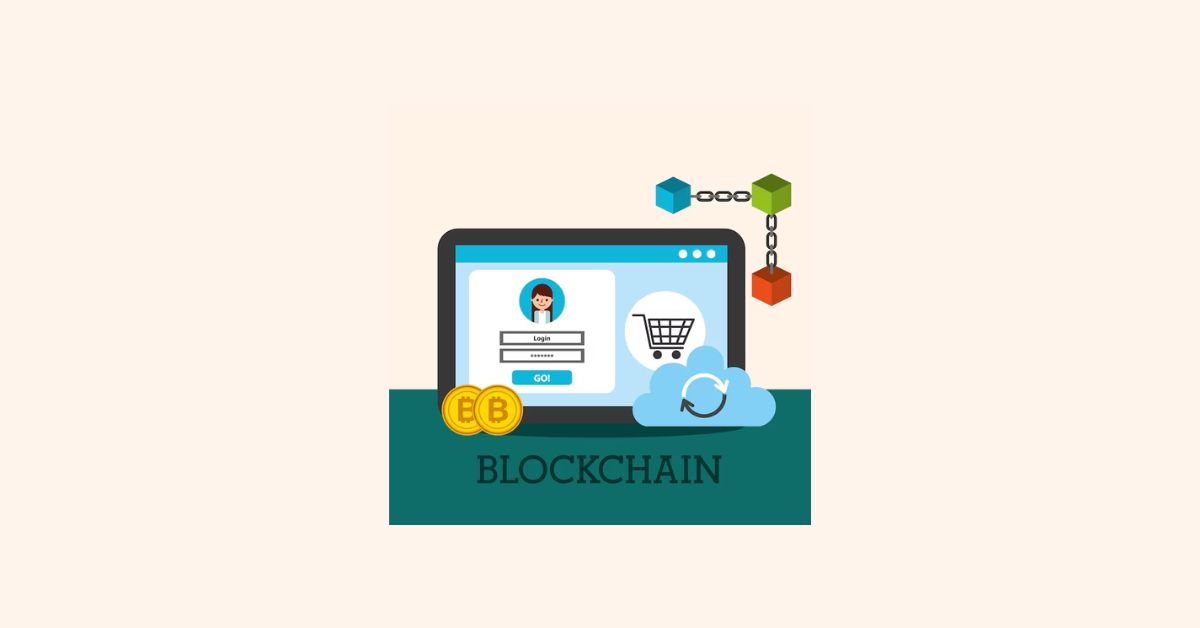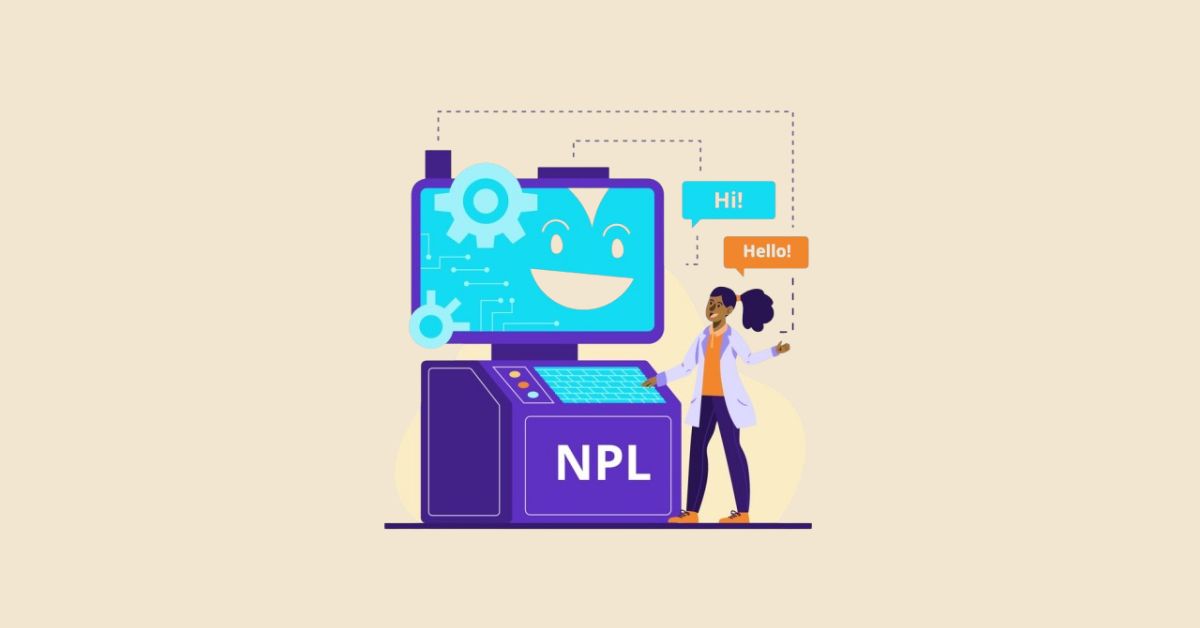It’s a sequence of organizing, planning, and carrying out the actions required to transform an awesome idea into a finished good, service, or deliverable. Specifying the project is one of the most crucial elements of IT project management, determining the deliverables of the Manage hazards.
- IT Project Management Types
- Ways to Manage Project Skills Effectively
– Foster Clear and Effective Communication
– Set Clear Goals For The Project
– Use the Right Tool to Monitor Progress
– Work With a Flexible Team Whose Skills Combine well
– Motivate Your Team Members
– Identify Plan and Risk
– Aim For Completion Rather Than Perfection
– Identify and Interact With The Stakeholders
– Be a Leading Example
– Ask Instead of Assuming That You Know Everything, Ask If You Don’t - Common Problems When You Manage Projects
– Poor Communication
– Financial Setback
– Skill Gap
– Deadline
– Schedule Conflict - Conclusion
IT Project Management Types
There are five primary stages in the project life cycle:
- Project Initiation: It is the first stage where you turn a goal into a meaningful goal. You also need to develop a strategy and a planning process for the next goals. You have to determine the project’s goal and create a character. The project also contains its goal, strategy, budget, team size, and timeline.
- Project Planning: Project planning requires complete diligence as it lays out the roadmap. The second project management phase will take almost the entire project period. Projects can also be identified by clear definitions such as Collaborative, Limited, Emotional, Appreciable, and Retainable. This phase lays out the project roadmap. GrapesTech Solutions provides meticulous planning services to ensure your project runs smoothly from start to finish.
- Project Execution: The actual idea and thoughts came into action, and you need to apply them by seeing how your products could be placed in the market and what can be done to bring them into the market range. You can choose the tools that help you keep growing in the business and help you create more clients.
- Project Monitor and Controlling: The third and fourth phases are not sequential, they run simultaneously with the project execution. You can make sure that there are no derivatives from the original plan by establishing success and Key performance factors. During the phase of project management, the manager is also responsible for the efforts and costs during the process.
- Project Closing- The final stage of the project, where there is an end to the project, there are times when the external party has been added to the team to bring the desired outcomes, especially for the project.
Partner with us for unparalleled IT project management expertise and ensure your project’s success with our tailored solutions.
Ways to Manage Project Skills Effectively
Foster Clear and Effective Communication
A true project manager knows how to handle the entire team by knowing about their strength and weaknesses and where they can be put under to get better results for the project. Hold regular team meetings to give knowledge about further points and also keep an eye on the deadlines.
Hold regular meetings to see that everyone is working on the same page or not and also use it as a platform where everyone can share their opinion or views.
Set Clear Goals For The Project
A good project manager sets the right goals and milestones to complete the project and also the stakeholders, you should understand the overall mission before diving into the task as required. Once you establish the goals, start working on them and keep on tracking the progress.
Use the Right Tool to Monitor Progress
It’s easier for the team to operate at a top-level program with the right management. You should select the software that your team loves to enjoy and can manage the work easily in the portal.
While selecting the software make sure that you keep the following points in mind-
- It has the features that are closest to your project needs and can scale with you as you grow.
- It increases productivity, maximizes margin, and provides more significant ROI.
- It’s available on your team’s devices, if your team members are working remotely make sure that they have access to the software.
Work With a Flexible Team Whose Skills Combine well
A project is only as good as the people who have worked on it. It’s important to search for particular an ability that shows a person can get along well with others. To ensure that work is completed with maximum effectiveness and minimal friction, the proper combination of personalities and skills is required.
Here are some traits to look for when selecting effective program team members-
- They can communicate effectively by interacting with a variety of people.
- They must be highly organized to keep up with the project scope at all times.
- They should know how to leverage IT project management software to stay organized even under significant pressure.
Motivate Your Team Members
Skill project managers know there are times when a diagram falls, Gantt charts, or even when breakdown structures aren’t enough to help team members progress toward the end line. A motivated team will be highly engaged to go above and beyond the project’s success.
Identify Plan and Risk
Risk management is a crucial aspect of project management, in the planning stage, it is essential to recognize significant risks and assess their likelihood of happening. By this, you can efficiently mitigate the adverse impacts of project risk for yourself and the team members.
Aim For Completion Rather Than Perfection
Don’t get caught up in minor imperfections, focus on your main goal, Remember the ultimate objective is to move ahead and progress, while you want to ensure quality, don’t strive for perfection.
Identify and Interact With The Stakeholders
Nurturing effective communication with the key stakeholders can boost you up for the project. It ensures that the project remains on track by staying informed about the requirements and the potential changes.
Be a Leading Example
When taking charge of the project, it’s crucial to bear in mind that leading by example is one of the most effective methods for instilling valuable habits in the team members. Hence, when aiming to implement a specific work practice or procedure, successfully embodying it yourself can serve as a compelling demonstration for others.
Ask Instead of Assuming That You Know Everything, Ask If You Don’t
Thinking you know everything will harm you in the longer run, you will need to find a balance between asking questions and following up with update meetings.
Common Problems When You Manage Projects
Poor Communication
Poor communication is the core of most failed projects. Whenever possible have face-to-face communication with the stakeholders and your team members. It will improve communication since through facial expressions you can know about a person’s thoughts on the discussed things.
Financial Setback
Budget overspending is a major drawback when it comes to a project, to keep the project ongoing and at the right stage companies need to prepare the budget beforehand before starting the project for a better understanding of financial terms and also to have an estimated budget for the project.
Skill Gap
You may find that all your employees are not sufficiently skilled for the project to make it an easy process create a list of skills that you would require in an employee to perform the project, and assign them the task based on the strength and experience.
Deadline
An unrealistic deadline is a project due date that is impossible or unreasonable to meet given the specification or requirement. When a team faces an unrealistic deadline, they find themselves forced to condense their activities in such a way of compromises the quality of the project.
Schedule Conflict
It is a situation in which two or more priorities compete for the time and attention. If your team is working on more than one project, you might face some conflict issues that need to be solved for better work progress.
Conclusion
IT Project management is the primary tool for executing the business plan, installing the business processes, and achieving the strategic ambitions of the entrepreneur. The specifics of what has to be done, who will be doing it, and when will it be finished are all aided by project management. Projects usually go in increments or incremental stages, but there are other commonly used methods for quick, participatory project management as well.
















